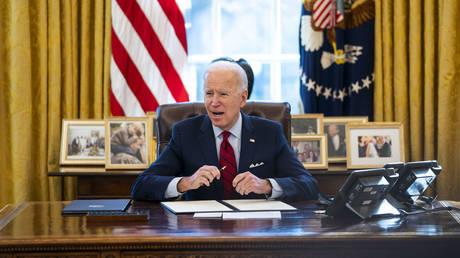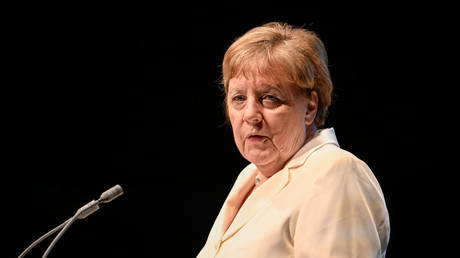ARTICLE AD BOX
For much of its history, the political landscape of the United States has seen two dominant forces: the Democrats and Republicans and it has continued since the mid-1800s. As the election approaches, the voters once again have two choices: Democratic Vice President Kamala Harris and Republican former President Donald Trump.
History
When the US Constitution was established in 1789, it made no mention of political parties. Many of the founders, including George Washington, were wary of factions, fearing it might lead to tyranny. Despite this, political groups quickly formed, primarily around two opposing views on federal power - the Federalists, led by Alexander Hamilton, and the Anti-Federalists, led by Thomas Jefferson.
The election of 1800, in which Jefferson defeated John Adams, was a turning point. The event led to the decline of Federalism and the rise of the Democratic-Republican Party. Over time, this party evolved, and by the 1820s, new coalitions formed, leading to the creation of the modern Democratic Party and the Republican Party in the mid-19th century.
Implications Of The Electoral System
One of the major reasons American voters face limited choices at the ballot box is the winner-take-all electoral system, particularly evident in single-member districts. In this setup, the candidate who receives the most votes wins, while all other votes effectively count for nothing. This system creates significant barriers for third parties, as voters often feel compelled to support one of the two major parties to avoid "wasting" their votes. Consequently, potential voters for third-party candidates may choose to align with Democrats or Republicans.
The structure of the Electoral College also reinforces this phenomenon during presidential elections. To win the presidency, candidates must secure a majority of electoral votes, which are awarded on a winner-take-all basis in most states. This further diminishes the chances for third-party candidates to gain traction, as they typically lack the resources and support necessary to compete on the national scale.
Political Socialisation
Political socialisation also plays a significant role in maintaining the two-party system. From a young age, Americans are often taught to identify with one of the two main parties through family, education and media. This creates a mindset that emphasises a binary choice in politics - that one must either be a Democrat or a Republican. The major parties have also built extensive fundraising networks and grassroots organisations, giving them an advantage in campaigning and outreach.
.png)
 3 weeks ago
1
3 weeks ago
1








 English (US)
English (US)